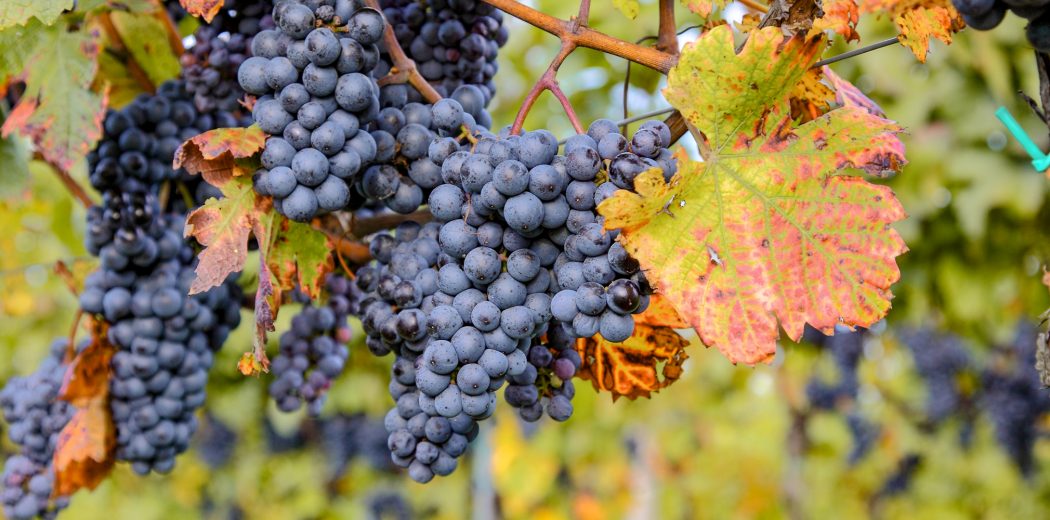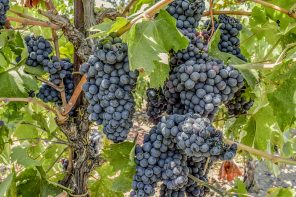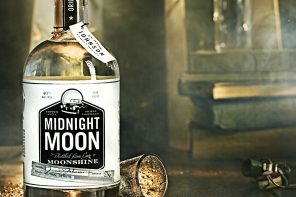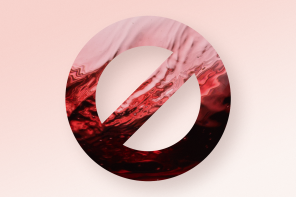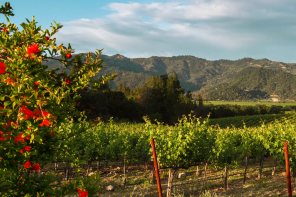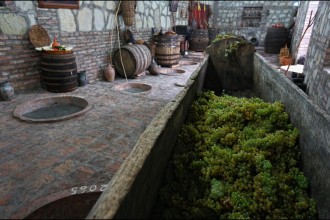On January 16, 1920, Americans swarmed the streets for their last chance to legally buy alcohol. In a day, Prohibition would set in, and the sale of alcohol would pass from liquor stores and saloons to gangsters and bootleggers — and intrepid souls who didn’t need Pinterest to get DIY-inspiration. The National Prohibition Act, or Volstead Act, might have been implemented to dry out the country, but thanks to a loophole, people were able to make 200 gallons of wine at home. The provision meant California’s wine industry was able to survive, people could still get their vino on, and a lesser-known variety had its chance in the spotlight.
Say hello to Alicante Bouschet. In 1866, French viticulturist Henri Bouschet crossed one of his father’s creations — Petit Bouschet, itself a cross between Aramon and Teinturier du Cher meant to help fill out the insipid reds Languedoc-Roussillon was producing in the 19th century — with fruit-forward Grenache. The result was a deep, dark wine. Unlike most red varieties, such as Pinot Noir and Zinfandel, which have dark skin and clear flesh, Alicante is a rare teinturier grape, or one that’s red through and through. However, like Petit Bouschet, it was initially meant to add visual depth to Aramon, one of those aforementioned insipid reds. It was also exceptionally hardy, surging in numbers after the phylloxera blight ravaged France’s vineyards.
But its real claim to fame? Turns out it was meant to be the perfect bathtub booze.
The 200 gallons of wine people could make works out to be a pretty generous amount, and California’s vineyards began to supply wine, both locally and to thirsty East Coasters. Alicante Bouschet was the perfect candidate. Its thick, tannic skin meant it could easily be transported and its red pulp meant that producers could press the grapes two or three times, yielding about twice as many gallons as other reds. Fewer grapes, more wine: it seemed like the perfect formula. Its newfound popularity led California growers to clear out former fruit orchards to make room for its vines, and a river of red flowed through homes and underground bars.
Great news for Alicante. Sort of. The wine that was produced was often low in alcohol — hovering around eight percent — and high in sugar. Useful in Prohibition, but probably not what you’d look for once high-quality wine became available again. Come Prohibition’s repeal, Alicante Bouschet suffered a fall from grace. Most of the fruit was sold as table grapes. Vines were ripped up. In the mid-1900s, France and the United States decided they no longer needed Alicante’s color to help boost other reds.
Luckily, Portugal and Spain were in the market for a new varietal, and Alicante found a new home on the Iberian Peninsula, where the late-ripening grapes flourished in the hot, dry, sunny climate. In Portugal, particularly the Alentejo region, wines are big, bold, and smoky. If you head to Spain’s Almansa region, you’ll find bottles that are fruitier, or blended with Monastrell (Mourvèdre) and Tempranillo — just remember to refer to it as Garnacha Tintorera.
Alicante can still be found in a few French regions, including Languedoc-Roussillon and Provence, where it’s often cast as a supporting role in red blends. In California, look to Lodi and Madera, where there are slightly less than 1,000 acres devoted to it. It’s also grown in limited amounts in places like Chile, Algeria, and Israel.
We would never wish back the days of Prohibition, but we’re glad to see that era’s darling get some of the recognition, and hectares, it deserves.

